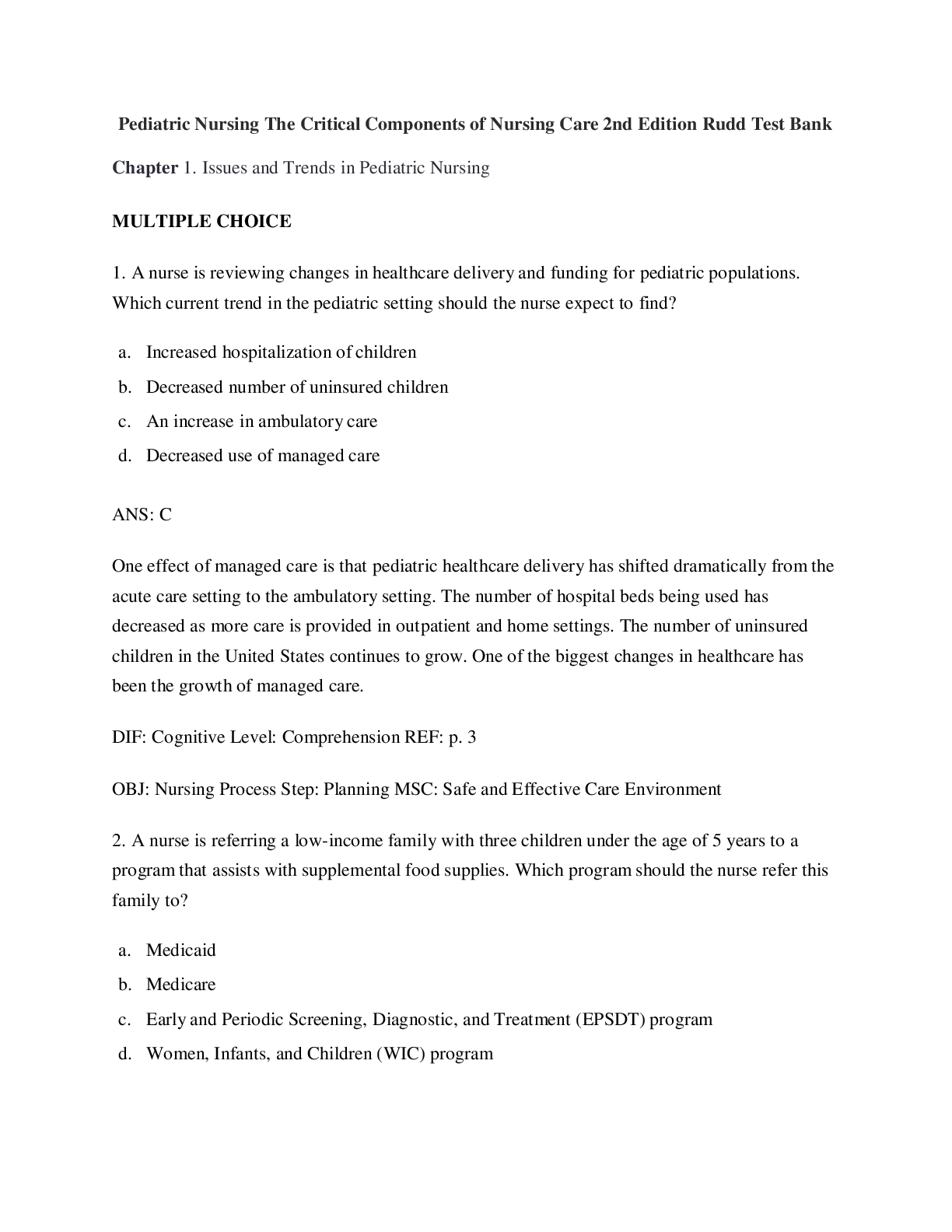Pediatric Nursing The Critical Components of Nursing Care 2nd Edition Rudd Test Bank Chapter1
Course
Project Management
Subject
Chemistry
Category
Questions and Answers
Pages
304
Uploaded By
ATIPROS
Preview 5 out of 304 Pages


Download all 304 pages for $ 14.50
Reviews (0)
$14.50
